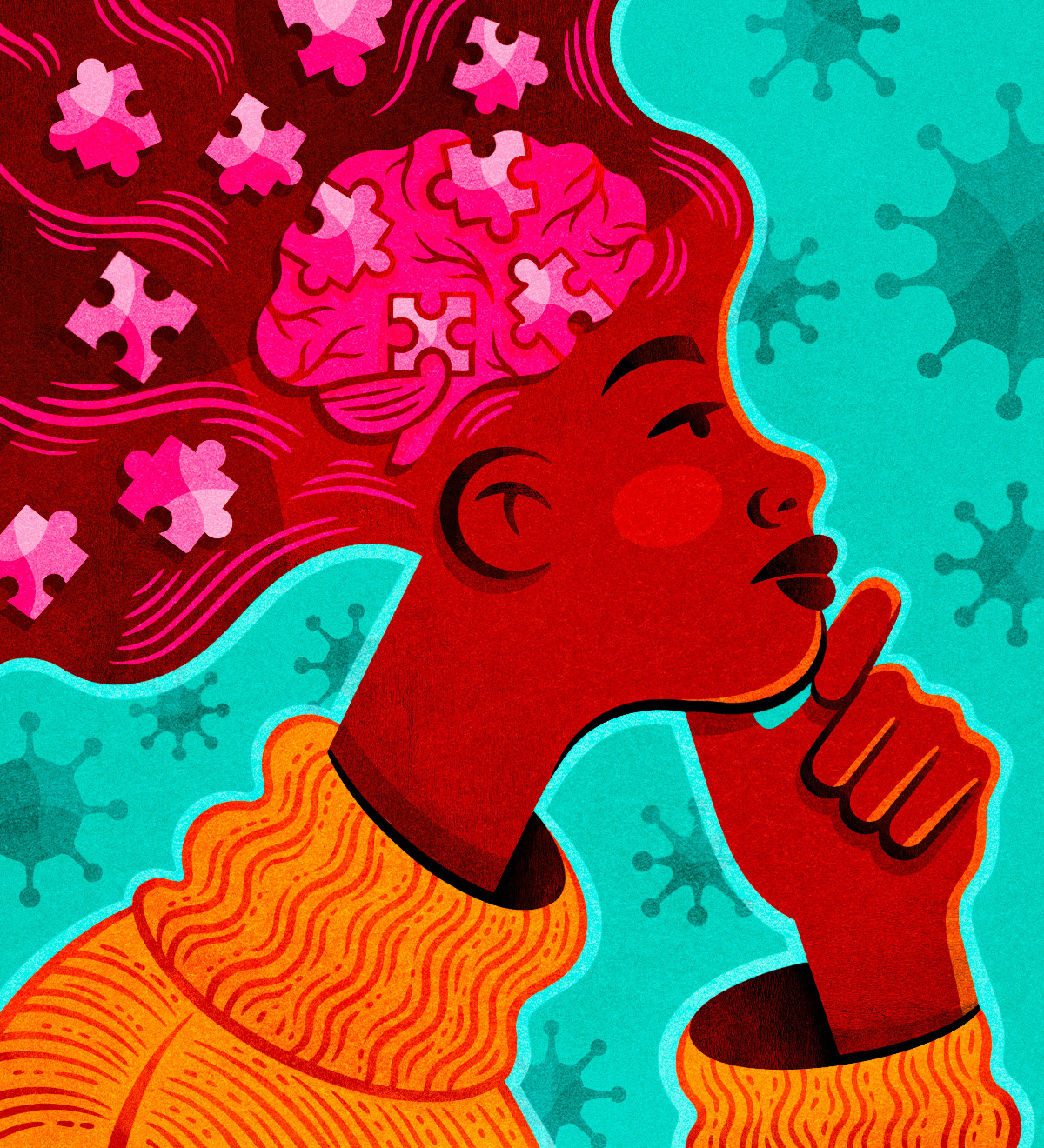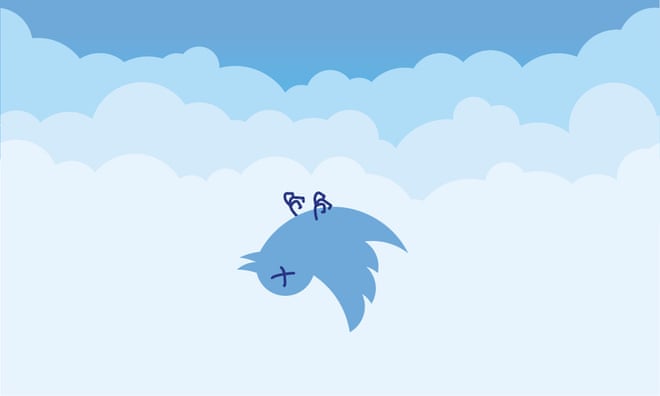Most Americans want to see the police reformed. A Gallup poll conducted in May, two years after the murder of George Floyd, found that 50 percent of adults favored “major changes” to policing, 39 percent wanted “minor changes,” and only 11 percent thought no changes were required. Despite this general consensus and a patchwork of recent policy shifts in communities across the country, injustices continue to accumulate, and it would be easy to see the problems with policing as intractable.
Three high-profile deaths just since the start of this year would seem to confirm this feeling. On January 3, Keenan Anderson, a 31-year-old Black high-school teacher (and cousin of Patrisse Cullors, a co-founder of Black Lives Matter), died after Los Angeles police shocked him repeatedly with a Taser. The next day, cops in Cambridge, Massachusetts, shot and killed Sayed Faisal, a 20-year-old Bangladeshi American college student who allegedly approached them with a knife. And less than a week after that, another Black man, 29-year-old Tyre Nichols, died following a beating by Memphis police officers. Video footage of the incident, released this past Friday, led to mass protest in many cities and an anguished response to yet another senseless death. Nothing we’re doing to fix policing seems to be working—or so it might appear.
Read the rest of this article at: The Atlantic
If, in five years, you ask me what I remember about our second pandemic winter, I wonder what I’ll say. In early 2022, stuck at home as Omicron cases rose in Ontario, my roommate and I spent time trading stories of our core memories from the previous few years—probably having drawn subliminal inspiration from the “core memories” TikTok trend that emerged around that time. As part of the trend, TikTok users set video clips of treasured life moments to a nostalgic instrumental soundtrack, with the audio run through an echo filter to make it sound drawn from a dream. While neither of us made one of those TikToks, we do both have vivid mental highlight reels from our first few years at the University of Toronto, where we were midway through our undergraduate degrees when the pandemic hit. One of my favourite memory overlaps was a housewarming party we threw in 2019 at a previous address—our living room alive with chatter, our kitchen filled with friends dancing to Earth, Wind & Fire’s “September” on the twenty-first night of September. But we didn’t talk much about the year and a half that we spent taking online classes from our parents’ homes, feeling like we were living a single day on loop. Even now, a rare pandemic anecdote will surface in my mind, and I’ll struggle to pinpoint what year it’s from. The summers of 2020 and 2021 often blur together in my mind.
Because of those gaps in my recollection, I spent that slow, quiet winter punctuating my weeks with things I hoped I would remember doing. I photographed, I wrote, I did everything I could to maintain a record of my existence at that point in time. It didn’t feel like enough. In the fall, I had returned two planters to Structube, but by January, I had no memory of doing so. My roommate was pretty sure I did it, though she couldn’t remember if it was one or two planters. Did I? Was that me? I’ve always been absent minded, but what I felt that winter was new. I was twenty-one and couldn’t help but think that this shouldn’t be happening to me.
Read the rest of this article at: The Walrus
This past December, the physics Nobel Prize was awarded for the experimental confirmation of a quantum phenomenon known for more than 80 years: entanglement. As envisioned by Albert Einstein and his collaborators in 1935, quantum objects can be mysteriously correlated even if they are separated by large distances. But as weird as the phenomenon appears, why is such an old idea still worth the most prestigious prize in physics?
Coincidentally, just a few weeks before the new Nobel laureates were honored in Stockholm, a different team of distinguished scientists from Harvard, MIT, Caltech, Fermilab and Google reported that they had run a process on Google’s quantum computer that could be interpreted as a wormhole. Wormholes are tunnels through the universe that can work like a shortcut through space and time and are loved by science fiction fans, and although the tunnel realized in this recent experiment exists only in a 2-dimensional toy universe, it could constitute a breakthrough for future research at the forefront of physics.
But why is entanglement related to space and time? And how can it be important for future physics breakthroughs? Properly understood, entanglement implies that the universe is “monistic”, as philosophers call it, that on the most fundamental level, everything in the universe is part of a single, unified whole. It is a defining property of quantum mechanics that its underlying reality is described in terms of waves, and a monistic universe would require a universal function. Already decades ago, researchers such as Hugh Everett and Dieter Zeh showed how our daily-life reality can emerge out of such a universal quantum-mechanical description. But only now are researchers such as Leonard Susskind or Sean Carroll developing ideas on how this hidden quantum reality might explain not only matter but also the fabric of space and time.
Read the rest of this article at: Daily Beast
In April 2022, Elon Musk acquired a 9.2% stake in Twitter, making him the company’s largest shareholder, and was offered a seat on the board. Luke Simon, a senior engineering director at Twitter, was ecstatic. “Elon Musk is a brilliant engineer and scientist, and he has a track record of having a Midas touch when it comes to growing the companies he’s helped lead,” he wrote on the workplace messaging platform Slack.
Twitter had been defined by the leadership of Jack Dorsey – a co-founder who was known for going on long meditation retreats, fasting 22 hours a day, and walking five miles to the office – who was seen by some as an absentee landlord, leaving Twitter’s strategy and daily operations to a handful of trusted deputies. To Simon and those like him, it was hard to see Twitter as anything other than wasted potential.
In its early days, when Twitter was at its most Twittery, circa 2012, executives called the company “the free-speech wing of the free-speech party”. That was the era when the platform was credited for amplifying the Occupy Wall Street movement and the Arab spring, when it seemed like giving everyone a microphone might actually bring down dictatorships and right the wrongs of neoliberal capitalism.
Frequently, the platform set the news agenda. What it lacked in profits it more than made up for in influence. No one understood how to weaponise that influence better than Donald Trump, who in 2016 propelled himself into the White House in part by harnessing hate and vitriol via his @realDonaldTrump feed. A new consensus that the site was a sewer made it worth a lot less money.
Read the rest of this article at: The Guardian
9/11, while the country was still reeling, a series of letters began arriving at news organizations and Senate offices. The envelopes were innocuous, indistinguishable from other mail, but inside was a white powder, a rare bacteria that can be fatal if inhaled — anthrax. Five people died, and 17 were sickened in one of the most deadly biological attacks in US history. Yet anthrax had the potential to inflict far more harm: if the spores had been released from a rooftop in downtown Washington, DC, it might have infected hundreds of thousands of people. One letter included the message, “DEATH TO AMERICA,” perhaps indicating more to come. But how could we plan for a silent, odorless killer?
Responding to the universe of new threats facing the country soon became an all-out scramble, consuming the public and the federal government’s attention for several years. The man that President George W. Bush chose to manage America’s preparation for a chemical, biological, radiological, or nuclear incident was a renowned physicist and weapons expert named Penrose “Parney” Albright.
Albright is exactly the kind of guy you’d want in charge of protecting the country from a devastating attack. Known for his candor and ingenuity, he is one of those people with a talent for both hard science and political science. He had excelled at places like the Defense Advanced Research Projects Agency (DARPA) because he knew how to bring big, complex projects across the finish line.
Read the rest of this article at: The Verge







/cdn.vox-cdn.com/uploads/chorus_asset/file/24202515/HOMELANDOFFICEG_min.gif)